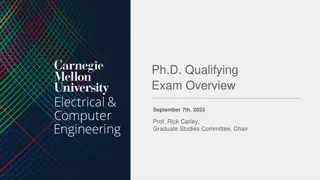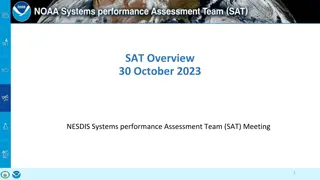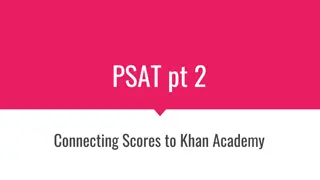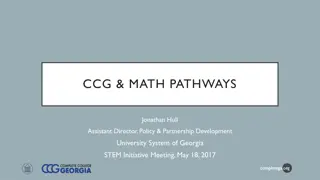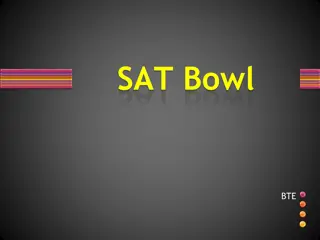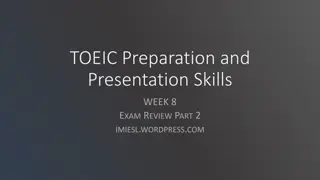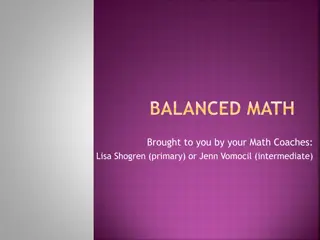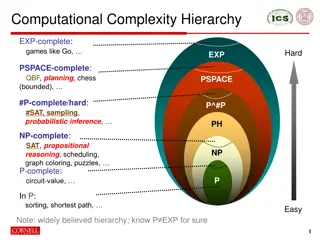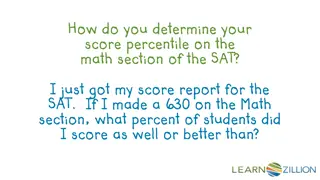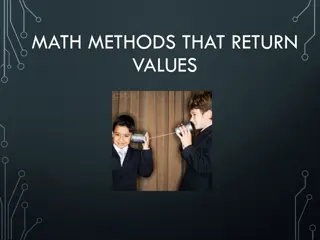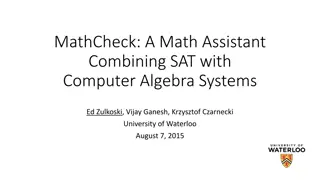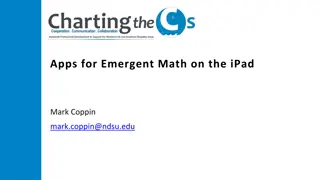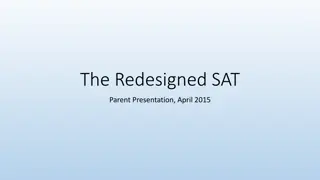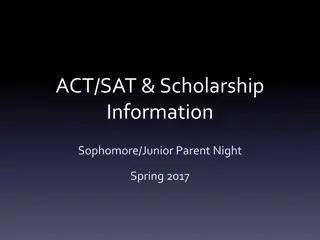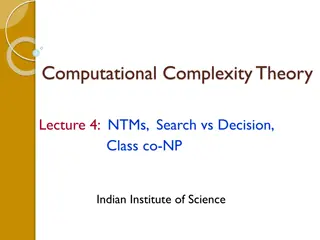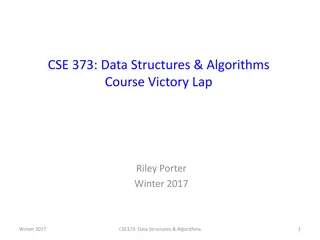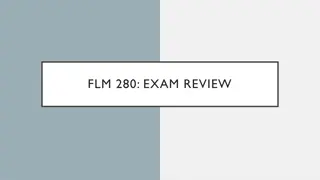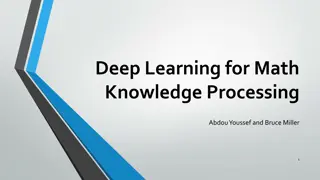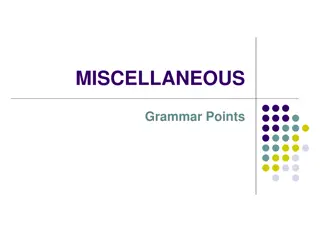SAT Math Exam Overview: Content Areas and Question Types
The SAT Math exam consists of four content areas: Heart of Algebra, Problem Solving and Data Analysis, Passport to Advanced Math, and Additional Topics in Math. Each area focuses on specific math skills and concepts, such as linear equations, ratios, percentages, algebraic expressions, and geometry. The exam includes different types of questions such as multiple-choice and student-produced responses, with specific instructions for grid-in questions and decimal answers. Understanding these content areas and question formats is essential for success on the exam.
Download Presentation

Please find below an Image/Link to download the presentation.
The content on the website is provided AS IS for your information and personal use only. It may not be sold, licensed, or shared on other websites without obtaining consent from the author. Download presentation by click this link. If you encounter any issues during the download, it is possible that the publisher has removed the file from their server.
E N D
Presentation Transcript
Four content areas: (1) Heart of Algebra, (2) Problem Solving and Data Analysis, (3) Passport to Advanced Math, (4) Additional Topics in Math Two sections: No calculator - 20 questions in 25 minutes. Calculator 38 questions in 55 minutes.
Types of questions Multiple Choice 45 questions Student Produced Response (Grid in ) 13 questions
1. Although not required, it is suggested that you write your answer in the boxes at the top of the columns to help you fill in the circles accurately. You will receive credit only if the circles are filled in correctly. 2. Mark no more than one circle in any column. 3. No question has a negative answer. 4. Some problems may have more than one correct answer. In such cases, grid only one answer. 5. Mixed numbers such as 3 must be gridded as 3.5 or 7/2. 6. Decimal answers: If you obtain a decimal answer with more digits than the grid can accommodate, it may be either rounded or truncated, but it must fill the entire grid.
Heart of Algebra 19 questions , 33% Analyzing and fluently solving linear equations and systems of linear equations Creating linear equations and inequalities to represent relationships between quantities and to solve problems Understanding and using the relationship between linear equations and inequalities and their graphs to solve problems
Problem Solving and Data Analysis 17 questions, 29 % Creating and analyzing relationships using ratios, proportional relationships, percentages, and units Representing and analyzing quantitative data Finding and applying probabilities in context
Passport to Advanced Math 16 questions, 28% Identifying and creating equivalent algebraic expressions Creating, analyzing, and fluently solving quadratic and other nonlinear equations Creating, using, and graphing exponential, quadratic, and other nonlinear functions
Additional Topics in Math 6 questions, 10% Solving problems related to area and volume calculations in context Applying definitions and theorems related to lines, angles, triangles, and circles Working with right triangles, the unit circle, and trigonometric functions
Calculators Approved calculators TI 30, TI-83, TI-84, Casio calculators Batteries/charged Number of calculators KNOW HOW TO USE IT!
Things your calculator can do LCM GCF Find mean, median, quartiles, standard deviation Graphing minimum, maximum, intersection, x and y intercepts, Best fit line Matrices Add, subtract, multiply and divide imaginary numbers Summation Plot points on a graph Bar graphs Some calculators have unit conversion
Useful links https://collegereadiness.collegeboard.org/sample- questions/math
Non-Calculator In air, the speed of sound S, in meters per second, is a linear function of the air temperature T, in degrees Celsius, and is given by S(T) = 0.6T + 331.4. Which of the following statements is the best interpretation of the number 331.4 in this context? A) The speed of sound, in meters per second, at 0 C B) The speed of sound, in meters per second, at 0.6 C C) The increase in the speed of sound, in meters per second, that corresponds to an increase of 1 C D) The increase in the speed of sound, in meters per second, that corresponds to an increase of 0.6 C
Correct Incorrect 9 7 9 7 9 7
Calculator A polling agency recently surveyed 1,000 adults who were selected at random from a large city and asked each of the adults, Are you satisfied with the quality of air in the city? Of those surveyed, 78 percent responded that they were satisfied with the quality of air in the city. Based on the results of the survey, which of the following statements must be true? I. Of all adults in the city, 78 percent are satisfied with the quality of air in the city. II. If another 1,000 adults selected at random from the city were surveyed, 78 percent of them would report they are satisfied with the quality of air in the city. III. If 1,000 adults selected at random from a different city were surveyed, 78 percent of them would report they are satisfied with the quality of air in the city. A) None B) II only C) I and II only D) I and III only


